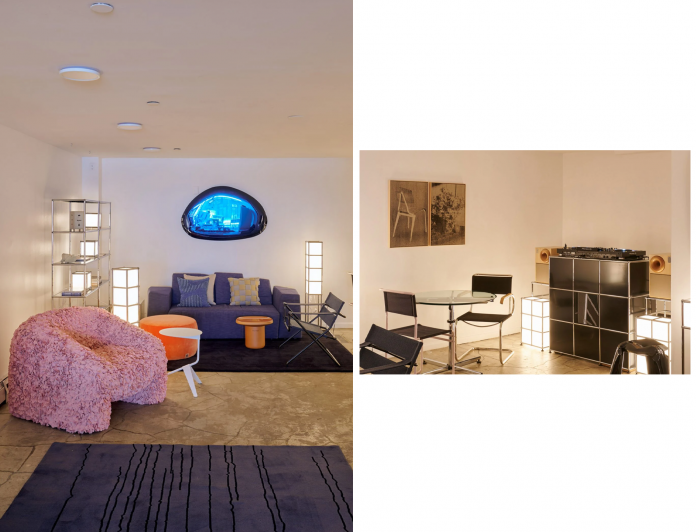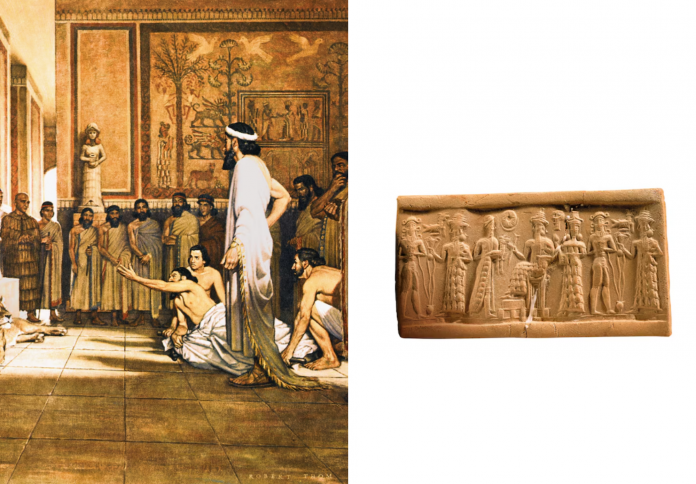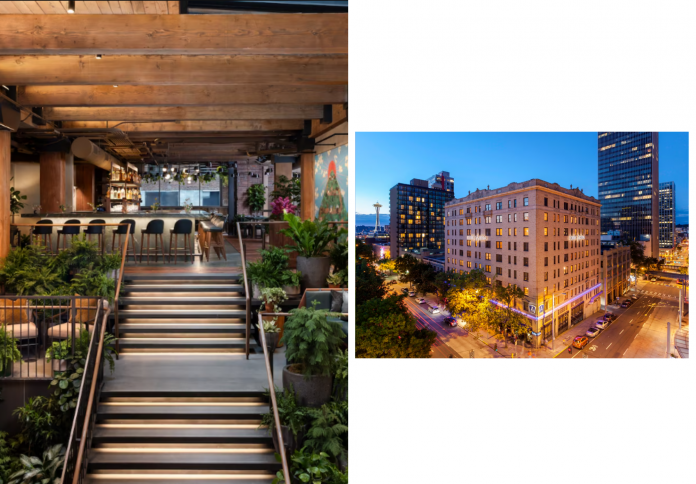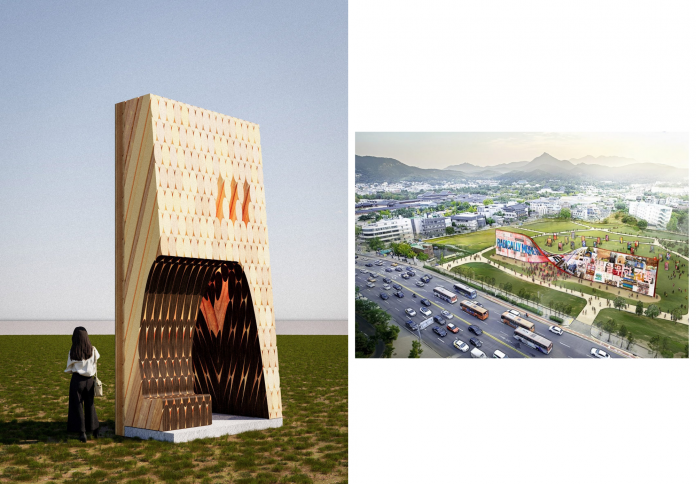Blending vintage sensibility with cutting-edge digital fabrication, the Cube One Table Lamp is the first collaborative release from furniture curator Rarify and California-based lighting brand Gantri. Debuted at NYCxDesign 2025, the modular, 3D-printed lighting system pushes the boundaries of sustainable design with customizable components and an infinitely expandable structure—offering a new vision for how light can shape space, from intimate interiors to architectural installations.
From cube to concept
A single unit of Cube One is deceptively simple: a cubiform structure made from precision-engineered USM Haller components, filled with Gantri’s 3D-printed light-diffusing panels made from a sugarcane-based polymer. But the genius of the design lies in its expandability. Each cube can stand alone as a table lamp or connect seamlessly with others—side by side, stacked, or suspended to form everything from sculptural floor lamps to illuminated partitions and chandeliers.

During NYCxDesign, Rarify and Gantri presented several configurations: a nine-unit wall-like installation, a six-cube totemic floor lamp positioned beside a DJ booth and the standalone version designed for home or office desks. As a whole, the installation presented a compelling case for modular lighting systems that don’t compromise aesthetics or sustainability. “The lamp is built as an infinitely expandable modular system,” said the team. “Capable of evolving into furniture, larger lamps, hanging fixtures, illuminated walls, or architecture-scale installations.”
Materials with memory
One of the most significant aspects of Cube One is its approach to materials and lifecycle. Gantri’s 3D-printed panels are produced using a proprietary sugarcane-derived polymer, which is fully biodegradable. These inserts can be removed “after life”, allowing for proper disposal or composting, while the exterior USM Haller frames known for their industrial durability and collectible status remain intact and reusable.
“At the end of its long life cycle, the Gantri insert can be easily removed for sustainable disposal,” the designers noted, “while the USM components retain their value as intact and unmodified collectible pieces.”
This balance between circular design and enduring value reflects Rarify’s broader ethos: that sustainable innovation need not sacrifice style, heritage, or craftsmanship. The modularity is not just about physical expansion, it also suggests temporal flexibility. Owners can grow their lamp over time, repurpose it in different rooms, or pass on the iconic USM structure for future adaptations.

Gantri’s new manufacturing model
The Cube One is also a flagship project for Made by Gantri, the brand’s recently launched manufacturing platform. Through an online portal, Gantri invites designers and studios to submit lighting concepts to be realized using its advanced 3D-printing facility in California. The goal: democratize production, cut waste and speed up the journey from idea to object.
By employing a print-to-order strategy, Made by Gantri minimizes both upfront costs for designers and material waste across the board. It’s a model that emphasizes flexibility and sustainability while sidestepping the supply chain hurdles often faced by small studios.
Alongside Cube One, Gantri showcased other products created through this method, including collaborations with design studios RAD, Haworth and Prowl Studio. All featured the same biodegradable polymer, modular components, and custom digital fabrication techniques suggesting a consistent yet adaptable aesthetic language across collections. “This new release reflects the changing face of product engineering,” said the Gantri team, “emphasizing made-to-order production, 3D printing with biodegradable materials and the seamless integration of vintage and new.”

A language of light, vintage and future
At its best, Cube One transcends typical product categorization. It is a light, a structure, a collectible and an open-ended system for creative expression. That it emerged from a partnership between a vintage dealer and a digital manufacturer is telling. In today’s design landscape, success lies not just in aesthetics but in systems—systems that enable longevity, modularity and personal meaning.
The installation’s creative direction by Matt Pecina of Studio Guapo reinforced this narrative. Positioned on the Lower East Side—long a home for experimental culture and independent design—the display bridged the showroom and street, inviting casual passersby and design insiders alike to consider the future of modular living.

In an exhibition filled with bold statements—from Muji’s miniature dioramas by Tatsuya Tanaka to MSCHF’s provocative car-part furniture—Cube One offered something subtler but equally ambitious: a modular light that proposes a gentler kind of revolution, one built on sustainability, adaptability, and quiet modular intelligence.










